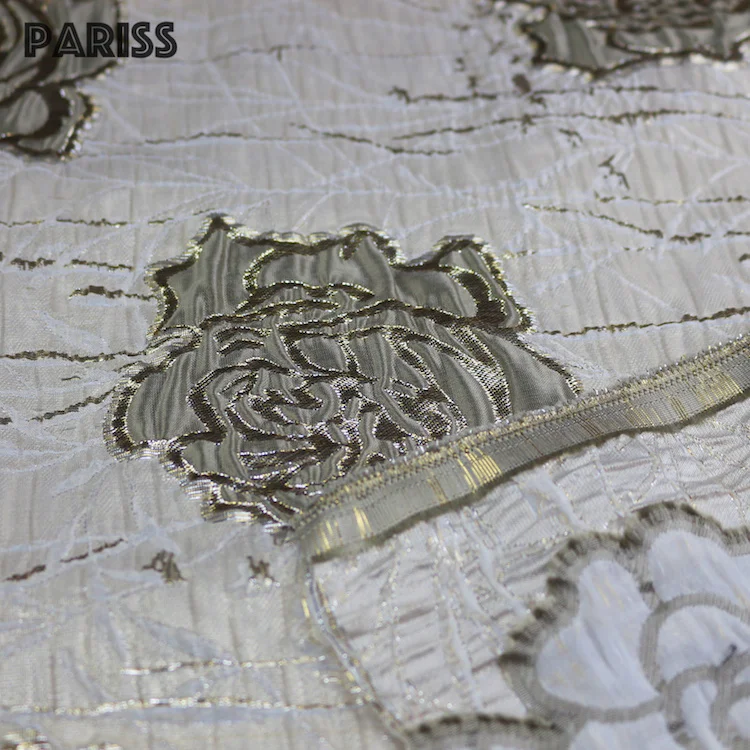


An application such as Adobe Substance 3D Painter is perfect for having full control over all textures of a unique 3D object. This method really lets you define a style you might use it to create textures for a cartoon-style video game, for instance, that has its own distinct look. You can place your own designs with the texture, or add elements like scratches or wear and tear. Often, artists use a combination of all three methods.Ĭreating your textures by hand gives you a lot of creative control and freedom. You can paint and create your textures by hand you can scan real-world materials and turn them into textures and you can let computer algorithms create the texture for you, a process known as procedural generation. To create your textures, you have three major techniques. This includes: creating textures (either from photos or from scratch), applying textures to 3D objects, lighting the scene, and applying final details. The data within a 3D material typically contains information regarding elements such as its color, or combination of colors, its degree of reflectivity, or whether it is wholly opaque or to some degree translucent.ģD texturing is the process of adding textures to a 3D object. Textures can range from simple repeating patterns to unique images created for a specific 3D model, and they can potentially transform simple shapes and scenes into photorealistic, evocative characters and environments.ģD materials can be solid colors, or they can be more elaborate simulation of a material like grass, gravel, or stone.

Here’s a little more information about the process.Įvery 3D object is covered in a variety of texture layers. The creation of 3D materials, and the texturing process to apply those materials to models or scenes, is a key component in the overall 3D workflow. Here again, the scene’s textures are vital - they convey not only the colors and patterns visible on surfaces, but also information such as the reflectivity of those surfaces. A forest might be sparse and brightly lit or it might be closely packed and gloomy. Similarly, a 3D forest scene of flat, gray trees is no forest at all. A credible, atmospheric forest is a product of the sensations it evokes - via the color and patterning of the bark on the trees, for instance, or the arrangement of pine needles on the forest floor. And that character’s texture - the rich, detailed surface layer that clothes the model - plays a key role in conveying that flavor. An artfully crafted 3D character might be beautiful, or it might be monstrous - but it will above all be idiosyncratic, its personality apparent at a glance. 3D characters are rarely gray, flat, and blank rather, their stories are implicit in the wear and tear of their clothes, or the color of their cheeks.


 0 kommentar(er)
0 kommentar(er)
